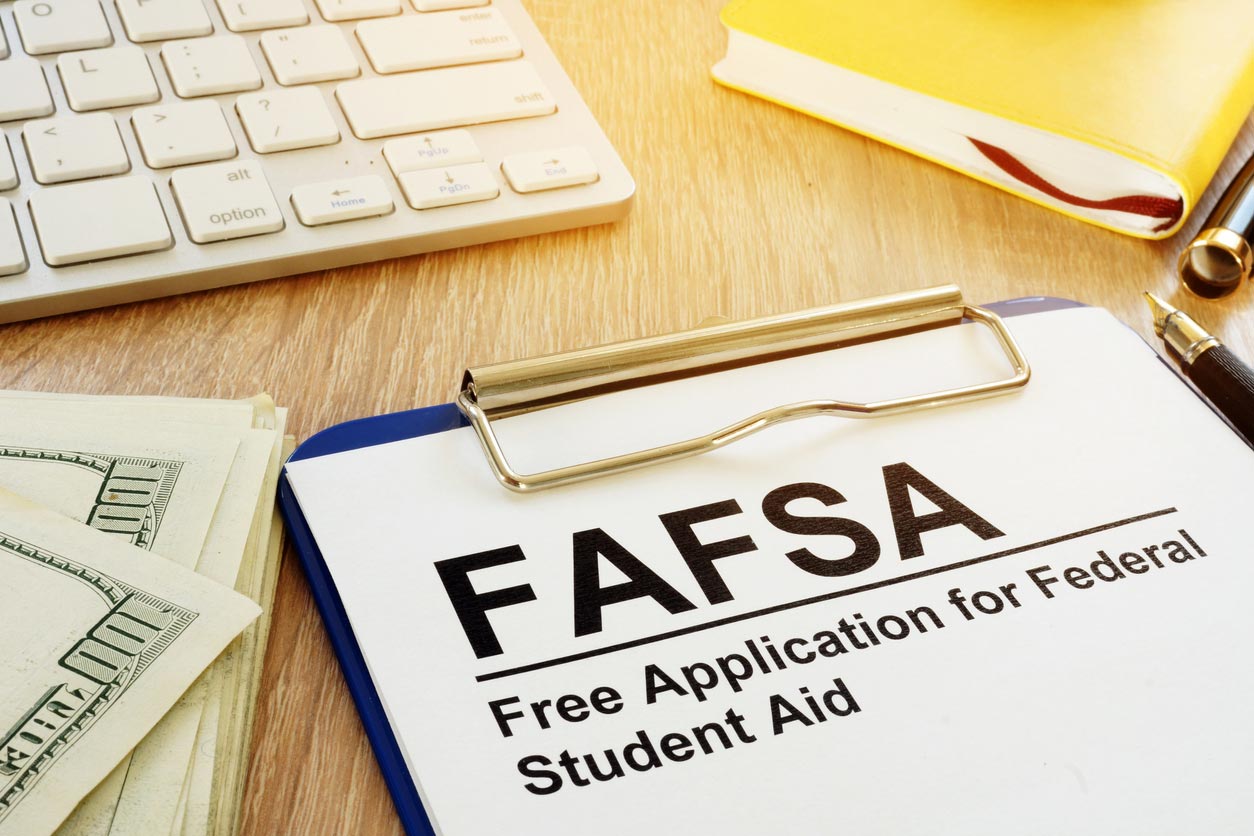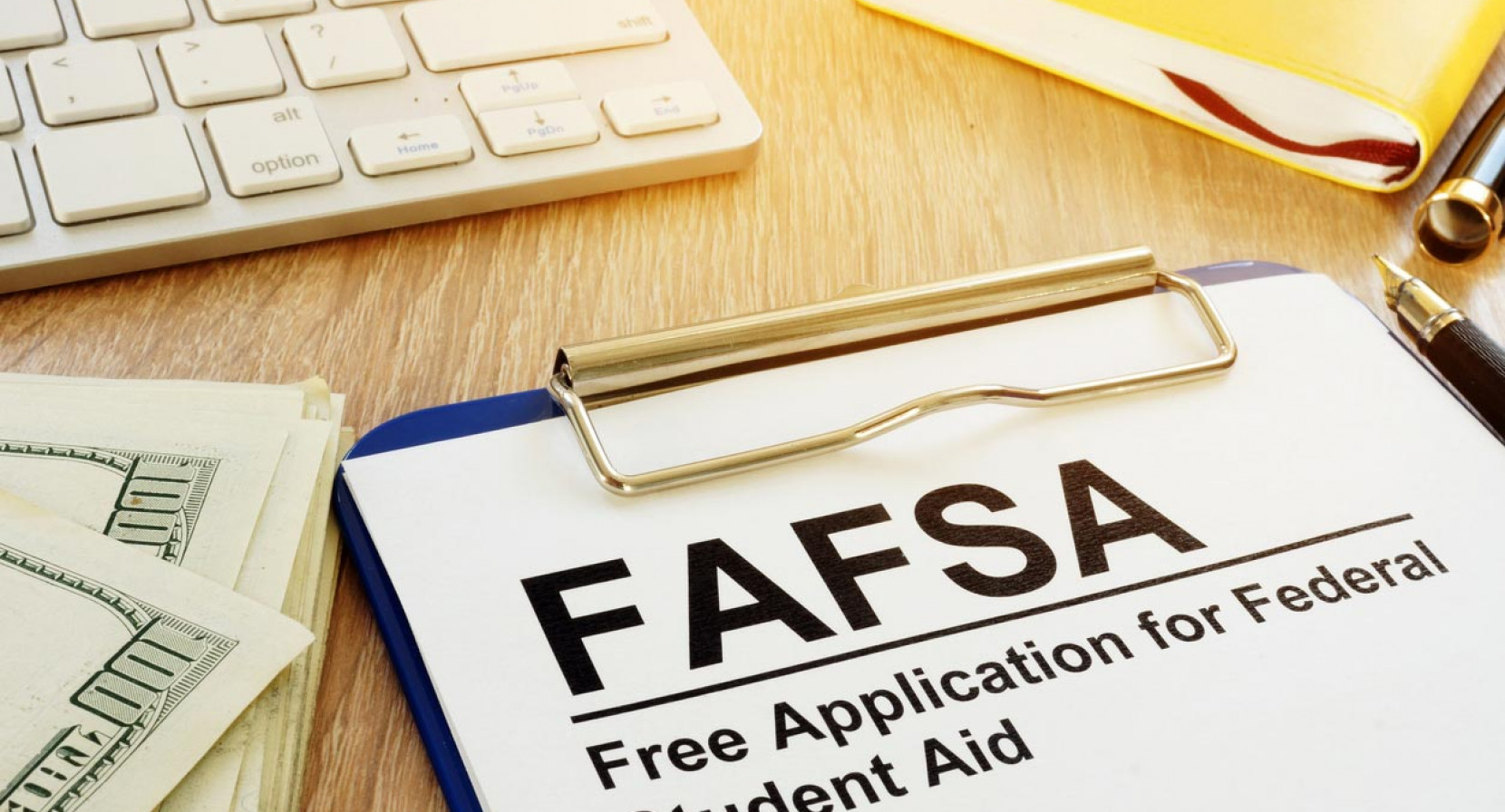Big changes are coming to the process of securing financial aid for college. New formulas and a new form that determine who qualifies for aid, what type, and how much will roll out next month, impacting families with students who plan to attend college beginning with the 2024-2025 school year. The changes will mean less aid for some families with multiple children in college, more for many lower- and middle-income families, and a longer wait for everyone who plans to fill out the Free Application for Federal Student Aid, or FAFSA.
If you have a child who plans to attend college next fall, a newly revamped FAFSA will be available this December. The usual Oct. 1 availability date had to be pushed back because of the many changes taking place.
The College Scholarship Service (CSS) Profile, a separate online application used by many private colleges to award nonfederal school aid and scholarships, has been available since Oct. 1, as usual.
FAFSA basics
Filling out the FAFSA is the only way a student can be considered for federal financial aid, but the application is also used for decisions about billions in state and school-provided aid. The types of aid include subsidized and unsubsidized federal loans; state, private, and school grants; work-study jobs, and also some merit-based scholarships.
If you have a student who plans to attend college in the 2024-2025 school year, once the form becomes available, you will have until June 30, 2025 to complete it. (The Department of Education accepts aid applications for a given school year even after that school year has ended. If approved at that point, loans and grants are awarded retroactively to cover bills that have already been paid.) However, the earlier you file, the better because some aid is approved on a first-come, first-served basis. Plus, many states and schools have earlier aid application deadlines.
Each year, many families do not complete the form, even some who are most likely to qualify. This school year, for example, students from low-income families who would have been eligible for Pell grants, left about $3.6 billion on the table because they didn’t fill out the form. Even families who believe they won’t qualify for aid are encouraged to submit the form, as some merit aid decisions are based on information on the form. As the first “F” in FAFSA conveys, there is no fee for submitting the form.
Easier and quicker
This year’s FAFSA will be far simpler to fill out than the previous form, with the number of questions dropping from over 100 to 36. Steps have been taken to make the process of importing information directly from the Internal Revenue Service more efficient as well. (Families applying for aid must grant permission for this direct transfer from the IRS in order to be eligible for federal financial aid.)
EFC becomes SAI
The old financial aid application process culminated with a dollar amount called the Expected Family Contribution, or EFC, which was a source of much confusion. Many families mistakenly believed it was the actual price they would pay for their child to attend a particular school. In reality, many ended up having to pay more.
Under the new system, the EFC has been replaced with a Student Aid Index, or SAI. According to the Department of Education, the SAI is “an eligibility index number that a college’s or career school’s financial aid office uses to determine how much federal student aid the student would receive if the student attended the school.” The lower the number, the more aid a student should qualify for.
While moving away from “expected family contribution” verbiage may reduce some confusion, there’s far more going on here than a name change. The formula used to generate the SAI will be quite different than the one that generated the EFC.
Multi-student families will get less
Under the new system, the number of family members in college will no longer be taken into consideration when making aid determinations. Whereas the old system would generate a lower Expected Family Contribution (i.e., more aid) if a family had more than one child in college, the SAI will not provide a “sibling discount.” This will negatively impact many families as about one-third of college students have a sibling who is also in college.
Kalman Chany, a financial aid consultant and author of The Princeton Review’s Paying for College, told CNBC that up until now, “the multiple student adjustment has been the single most important data element affecting one’s eligibility for federal student aid.”
Middle- and higher-income families with more than one student in college will be impacted the most. Under the previous process, while their income may have worked against them in qualifying for aid, having more than one child in college would tip the scales the other way. No longer.
It’s important to note, however, that this change pertains only to eligibility for federal student aid. When schools award their own aid, they may still factor into their decision-making the number of family members in college.
No penalty for the kindness of others
While elimination of the multi-student discount will reduce financial aid for many families, another change may increase aid for some. It has to do with how college money given by a student’s grandparents (such as qualified distributions from grandparent-owned 529 plans), other relatives, or friends is factored into the equation. Under the previous system, such money was considered untaxed student income, which decreased the amount of aid a student qualified for. Under the new system, that is no longer the case.
Pell program expansion
Students from low-income families will be the biggest beneficiaries of the various financial aid changes. According to the Department of Education, more students will qualify for Pell grants under the new system and those who would have qualified for partial grants will likely now qualify for higher award amounts. The new financial aid formula, which looks at how family income compares with the federal poverty level by household size, is expected to result in an additional 555,000 families qualifying for Pell money. And, 1.7 million more students are expected to qualify for the highest Pell award because the upper threshold for qualifying family income has been increased. (The maximum award for the current school year is $7,395. The amount for the 2024-2025 school year has not yet been determined.)
Still something of a mystery
Clearly, there are a lot of factors that determine whether a student qualifies for financial aid, what type, and how much. There are calculators that can estimate how much you might qualify for, and therefore, how much you may have to pay. (The Federal Student Aid Estimator provides an estimate of how much federal aid a student may be eligible to receive. The Net Price Calculator found on each school’s website is designed to show how much similar first-year undergrads at that school paid in the previous year after factoring in grants and scholarships. Inputs and assumptions can vary widely across schools.) However, the only way to know for certain is to fill out the FAFSA, have your student apply to a school, and if accepted, review the financial aid offer. At least filling out the form will be easier than it used to be.








